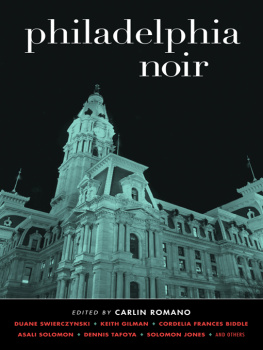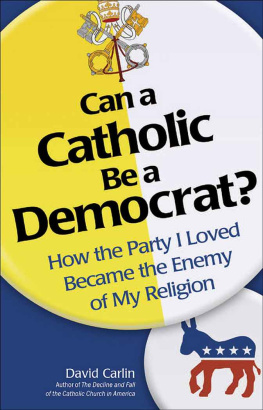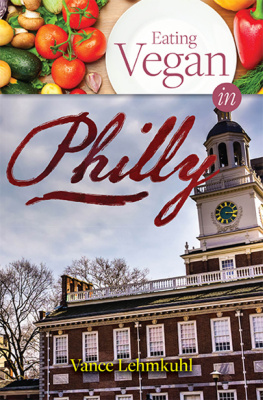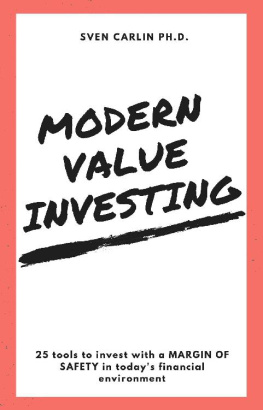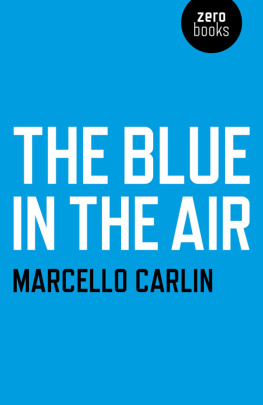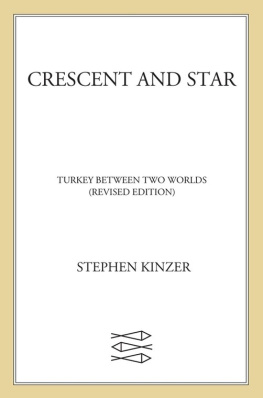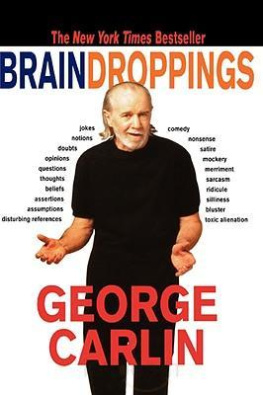


This collection is comprised of works of fiction. All names, characters, places, and incidents are the product of the authors imaginations. Any resemblance to real events or persons, living or dead, is entirely coincidental.
Published by Akashic Books
2010 Akashic Books
Series concept by Tim McLoughlin and Johnny Temple
Philadelphia map by Aaron Petrovich
eISBN-13: 978-1-617-75002-1
ISBN-13: 978-1-936070-63-3
Library of Congress Control Number: 2010922722
All rights reserved
Akashic Books
PO Box 1456
New York, NY 10009
info@akashicbooks.com
www.akashicbooks.com
ALSO IN THE AKASHIC NOIR SERIES:
Baltimore Noir, edited by Laura Lippman
Boston Noir, edited by Dennis Lehane
Bronx Noir, edited by S.J. Rozan
Brooklyn Noir, edited by Tim McLoughlin
Brooklyn Noir 2: The Classics, edited by Tim McLoughlin
Brooklyn Noir 3: Nothing but the Truth
edited by Tim McLoughlin & Thomas Adcock
Chicago Noir, edited by Neal Pollack
D.C. Noir, edited by George Pelecanos
D.C. Noir 2: The Classics, edited by George Pelecanos
Delhi Noir (India), edited by Hirsh Sawhney
Detroit Noir, edited by E.J. Olsen & John C. Hocking
Dublin Noir (Ireland), edited by Ken Bruen
Havana Noir (Cuba), edited by Achy Obejas
Indian Country Noir, edited by Sarah Cortez & Liz Martnez
Istanbul Noir (Turkey), edited by Mustafa Ziyalan & Amy Spangler
Las Vegas Noir, edited by Jarret Keene & Todd James Pierce
London Noir (England), edited by Cathi Unsworth
Lone Star Noir, edited by Bobby Byrd & John Byrd
Los Angeles Noir, edited by Denise Hamilton
Los Angeles Noir 2: The Classics, edited by Denise Hamilton
Manhattan Noir, edited by Lawrence Block
Manhattan Noir 2: The Classics, edited by Lawrence Block
Mexico City Noir (Mexico), edited by Paco I. Taibo II
Miami Noir, edited by Les Standiford
Moscow Noir (Russia), edited by Natalia Smirnova & Julia Goumen
New Orleans Noir, edited by Julie Smith
Orange County Noir, edited by Gary Phillips
Paris Noir (France), edited by Aurlien Masson
Phoenix Noir, edited by Patrick Millikin
Portland Noir, edited by Kevin Sampsell
Queens Noir, edited by Robert Knightly
Richmond Noir, edited by Andrew Blossom,
Brian Castleberry & Tom De Haven
Rome Noir (Italy), edited by Chiara Stangalino & Maxim Jakubowski
San Francisco Noir, edited by Peter Maravelis
San Francisco Noir 2: The Classics, edited by Peter Maravelis
Seattle Noir, edited by Curt Colbert
Toronto Noir (Canada), edited by Janine Armin & Nathaniel G. Moore
Trinidad Noir, edited by Lisa Allen-Agostini & Jeanne Mason
Twin Cities Noir, edited by Julie Schaper & Steven Horwitz
Wall Street Noir, edited by Peter Spiegelman
FORTHCOMING:
Barcelona Noir (Spain), edited by Adriana Lopez & Carmen Ospina
Cape Cod Noir, edited by David L. Ulin
Copenhagen Noir (Denmark), edited by Bo Tao Michalis
Haiti Noir, edited by Edwidge Danticat
Lagos Noir (Nigeria), edited by Chris Abani
Mumbai Noir (India), edited by Altaf Tyrewala
Pittsburgh Noir, edited by Kathleen George
San Diego Noir, edited by Maryelizabeth Hart
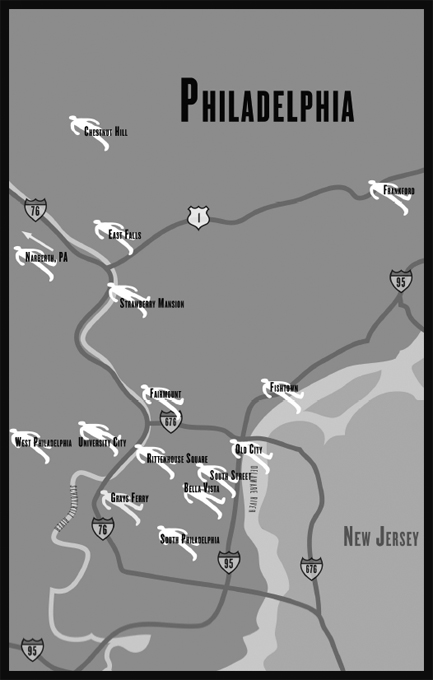
TABLE OF CONTENTS
GREENE COUNTRY CRIME SCENE
C mon, Ben Franklin and noir? The Framers and noir? George I-Cannot-Tell-a-Lie Washington and noir? According to the national mythology, and even our local creation tale about William Penns Greene country towne, Philadelphia Blanc makes a more sensible title for a volume of local stories than Philadelphia Noir. This, after all, is where all of Americas greatness and goodness and idealism began.
Betsy Ross dangling a cigarette from her lip? Abigail Adams two-timing John with a local punk?
You could say that was then, and this is noir.
But youd be wrong. Read any of the eighteenth-century scholars who love colonial Philadelphia more than their own parents or kids, and you know that some pretty bad defecation was going down in our cobblestoned streets back then, and it got even worse.
By the 1830s and 40s, Philadelphias antiblack and anti-Catholic riots guaranteed a steady number of bashed heads and windows. Readers innocent of the real Philadelphia may want to consult historian Gary Nashs fine First City (University of Pennsylvania Press, 2002), and learn of our antebellum street gangs, the Moyamensing Killers, Gumballs, Bloodtubs, Scroungers, Hyenas, Bedbugs, Swampoodle Terriers, Nighthawks, Flayers, and Deathfetchers.
Youve only heard of the Phillies?
When local officials expanded Philadelphia in 1854 by merging its two square miles with the hundreds of small towns around itcreating the 135-square-mile municipal behemoth it remains todaythe move came largely out of desperation, the need to control a crime scene gone wild.
And how far weve come! Nashs colorfully named gangs are the spiritual ancestors of todays flash mobshundreds of no-goodnik, dumb-as-a-doornail teens (with, we suspect, not-so-hot grades), who congregate somewhere in Center City at the flash of a global Twitter message and start beating the crap out of normal passersby.
Yes, it sometimes happens in Philadelphia, City of Brotherly Love, not far from Independence Hall and the Liberty Bell.
Americas first great city, first capital, and first industrial metropolis contained from the beginning the mix of poor workers and elite culture, of ethnic enclaves and religious intolerance, of easy skullduggery and flesh-pot possibilities, that led Lincoln Steffens in 1903 to famously rule it corrupt and contented. Colonel William Markham, deputy governor of Pennsylvania from 1693 to 1699 (and William Penns cousin), was the first official on the take, hiding pirates at one hundred pounds a head, including Captain Kidd himself. Weve had many similarly devoted public servants since.
In the early innings of the twenty-first century, Philadelphia needs no PR help as a noir town, not when some of our own best and brightest call us Filthydelphia (and not just for the residents who take jump shots at garbage cans and miss). Remember Brian De Palmas Blow Out (1981), with John Travolta smoothly recording vehicular murder on Lincoln Drive? And Witness (1985), with its affront to Amish decency in the Mens Room of 30th Street Station?
Creepy stuff happens here. The citys attractions, aside from Independence Hall, the National Constitution Center, and standard guidebook stuff, include more dope joints, brothels, larceny lairs, and related dens of iniquity than Fodor, Frommer, and Fielding could handle even if they pooled coverage (that is, if they ventured into the alternate reality that bourgeois travel guides consider hands-off). Actually, even some of the guidebook stuff is pretty dark. Try the Mutter Museum, with that tumor extracted from President Grover Clevelands jaw, the liver shared by the original Siamese twins. How about the barely furnished Edgar Allan Poe House, with the basement from The Black Cat?
Next page
